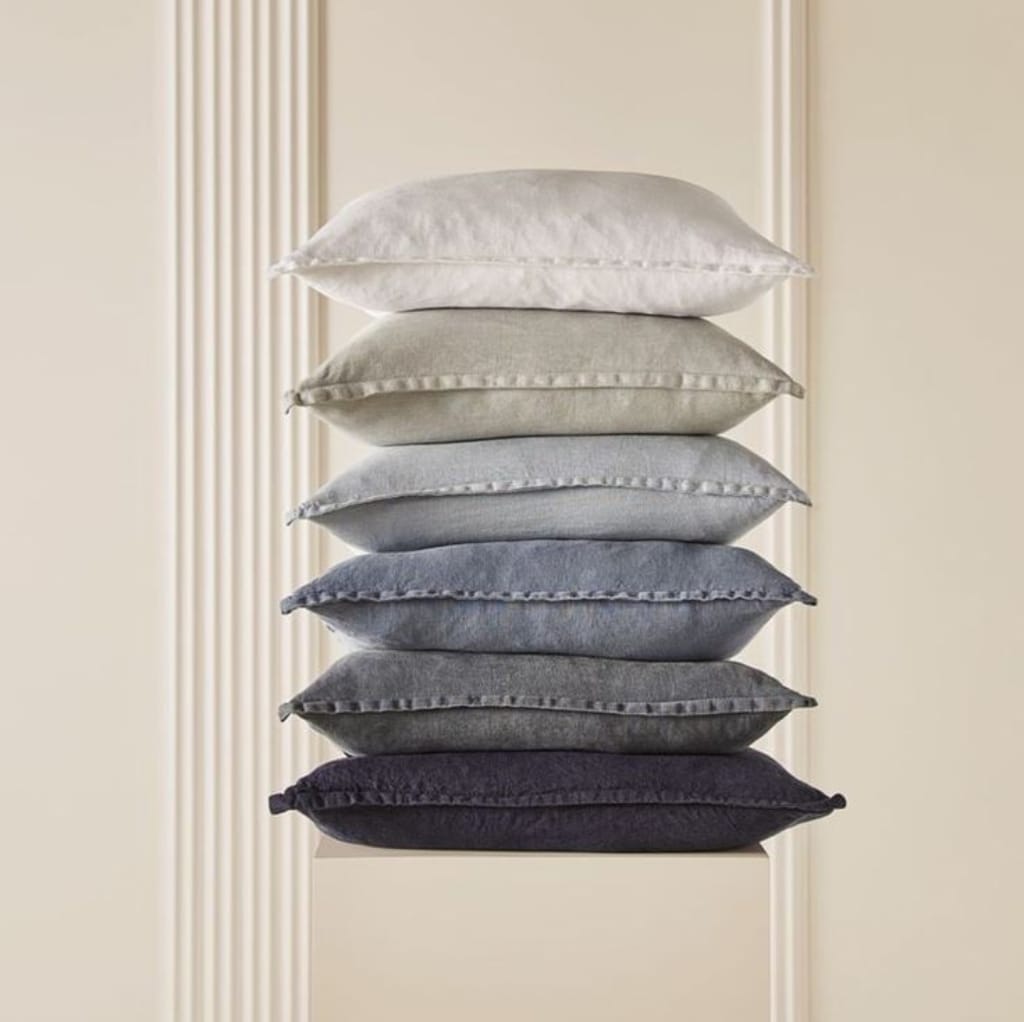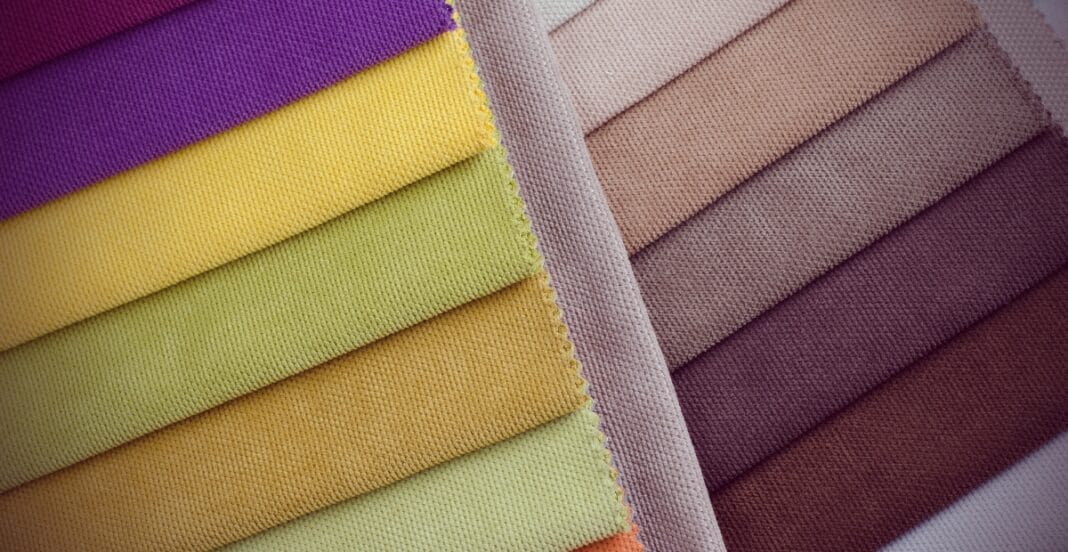Rough cotton fabric is one the oldest materials known to People. It is more breathable than its soft counterparts and somewhat silky cotton. Moreover, it has a rustic charm, as well as being durable. You can even feel its texture with your fingers. But wondering if rough cotton remains relevant today? That’s the concern of many environmentally conscious people. Rough cotton has its benefits, so is there still a future in fashion fabrics?
The straightforward answer is yes – but there are conditions we need to pay attention to. A rough cotton fabric can support sustainability goals but only under specific restrictions. This is what we will explain.
Table of contents
- What Makes Rough Cotton Fabric ‘Rough’?
- Environmental Footprint of Cotton Fabric
- Rough Cotton Fabric and Sustainable Agriculture
- Why Rough Cotton Fabric is Durable and Reusable
- Eco-Friendly Production Processes for Rough Cotton
- Comparing Rough Cotton Fabric to Synthetic Alternatives
- From the consumer view: Is It a Conscious Choice?
- The Fashion Industry Adopts Rough Cotton
- Ways to Take Advantage of Rough Cotton Fabric at Home
- Conclusion
- FAQs
What Makes Rough Cotton Fabric ‘Rough’?
Rough cotton fabrics have not undergone many mechanial or chemical processes. They remain unbleached, undyed, and unfinished. This is the reason why they feel grainy and textured.
Luxury items often feature high-thread-count cotton, whereas rough cotton is coarser to the touch and more “real.” This kind of cotton is made from short-staple fibers, which means the cotton strands are not long and smooth. The fabric produced from this type of cotton is thick, durable, and extremely long-lasting.
This natural appearance attracts those who appreciate nature’s beauty. Furthermore, this type of cotton is more eco-friendly because it bypasses a lot of harmful treatments.

Environmental Footprint of Cotton Fabric
The world of sustainability has its eyes set on cotton, and often for the wrong reasons. Traditional cotton farming is notorious for its heavy use of water, pesticides, and fertilizers.
On the other hand, rough cotton does not require as many resources. Many producers of rough cotton avoid heavy irrigation or chemical sprays, so the cotton’s environmental impact is often lower than that of highly processed cotton fabrics.
Let’s compare:
- Regular cotton: high water and chemical use.
- Rough cotton: fewer treatments, less water, and minimal energy in processing.
Less processing results in less pollution, which is a win for the planet.
Rough Cotton Fabric and Sustainable Agriculture
Sustainable farming is key to saving our world. Rough cotton aids this goal. Why? Because it is commonly cultivated on small farms that are environmental stewards.
To maintain healthy soil, these farms may practice crop rotation. Compost is used instead of chemical fertilizers. They do not spray harsh pesticides. This allows for less polluting cotton farming, which is better for rough fabric’s agriculture.
Moreover, rough cotton supports organic farming and regenerative agriculture which aim to restore nature instead of exploiting it. This is why it is a better choice for people who are mindful about their clothing’s origins.
Why Rough Cotton Fabric is Durable and Reusable
Here is something cool: rough cotton becomes softer with more washes. However, it is still retains durability. That’s one of its best features.
You can reuse rough cotton fabric many times and it’s great for:
- Reusable shopping bags
- Kitchen towels
- Workwear
- Upholstery
- Crafts
Because it’s tough and lasts long, worn out items don’t have to be thrown away soon, which helps reduce landfill waste. One rough cotton bag used for a year replaces hundreds of plastic bags. That’s serious eco-savings.
Eco-Friendly Production Processes for Rough Cotton
Traditional fabric production often involves processes like dyeing, bleaching, and treating, which consume water, energy, and chemicals.
But rough cotton fabric skips most of that. It’s made using:
- Minimal mechanical processing
- Low-energy spinning
- Little or no dye
- No synthetic finishes
This helps with the overall carbon footprint while simultaneously protecting workers and wearers of the fabric.
Many rough cotton products are also biodegradable. That means they break down naturally over time, without creating microplastics or pollution.
Comparing Rough Cotton Fabric to Synthetic Alternatives
Let’s be honest. Polyester, nylon, and rayon may look soft and shiny, but they’re made from fossil fuels. These synthetic fabrics release microplastics into water when washed. They also don’t decompose.
On the other hand, rough cotton is:
- Completely natural
- Does not contain plastic
- More skin-friendly
- More environmentally friendly
While synthetic cotton clothing can be inexpensive, it is more damaging to nature. Rough cotton might be slightly more expensive but the value it Provides lasts much longer.
From the consumer view: Is It a Conscious Choice?
Many consumers are looking to buy. People want clothes that feel comfortable and are stylish. That’s where rough cotton comes in.
Reasons people love rough cotton:
- Genuine and transparent
- Has a natural appearance
- Ages well over time
Tired of trendy clothing, people crave fewer pieces that are high quality cotton. This is made possible by rough cotton. No longer simply a material, it has transformed into a way of living.
The Fashion Industry Adopts Rough Cotton
From large brands to small designers, everyone is shifting to alternative materials. The rise of ethical slow fashion is replacing the fast fashion trend.
Companies like Patagonia, Eileen Fisher, and Reformation have started exploring rough or organic cotton. There’s a reason for this. It’s market demand.
Designers appreciate rough cotton for:
- Its aesthetically pleasing appearance.
- Ease of dyeing with natural pigments.
- Its strong fabric.
- Original crafting.
Even luxury brands have begun to offer sustainable lines. And rough cotton is making a fashionable comeback.
Ways to Take Advantage of Rough Cotton Fabric at Home
Being a designer is not a requirement to appreciate the usefulness of rough cotton. It can be appreciated during daily routines and has many practical uses.
Some suggestions to try:
- Use rough cotton to create napkins and tablecloths.
- Create your own gift bags or totes.
- Curtains and pillowcases.
- Fun: plant hand-dyeing for colorful shades.
The care is low maintenance as well. Cold water wash. Room temperature air dry. No need for fabric softener. The fabric will soften on its own through washing.
By using rough cotton, you can create a home that is sustainable yet stylish.

Conclusion
Rough cotton fabric is not merely a coarse textile; it represents a smart choice for eco-friendly living. Synthetic textiles and fast fashion reign supreme in today’s world. For all the right reasons, rough cotton stands in stark contrast. It is natural, durable, and refreshingly simple.
Rough cotton fabric‘s lower processing requirements result in reduced water waste, chemical pollution, and energy consumption. Moreover, it practices better farming and replenishes rather than depletes the soil. And best of all, it lasts. Be it clothing, home goods, or crafts, rough cotton provides enduring value coupled with comfort and style.
Designers, manufacturers, and consumers are recognizing the advantages of rough cotton fabric. If you want to support sustainable fashion and reduce waste while investing in eco-friendly materials, rough cotton fabric is a clear choice.
FAQs
No, while it has a texture, rough cotton becomes increasingly comfortable.
Absolutely! It takes natural dyes easily. Plants, berries, or even tea are safe and environmentally friendly.
Use mild detergents. Wash fabrics in cold water. Hang to dry. Never use bleach or strong chemicals.


